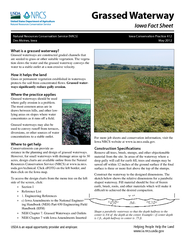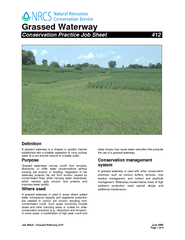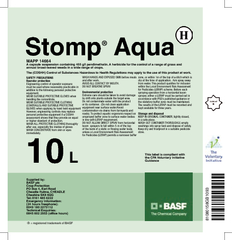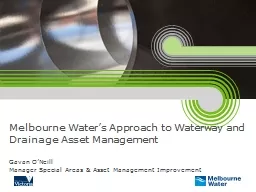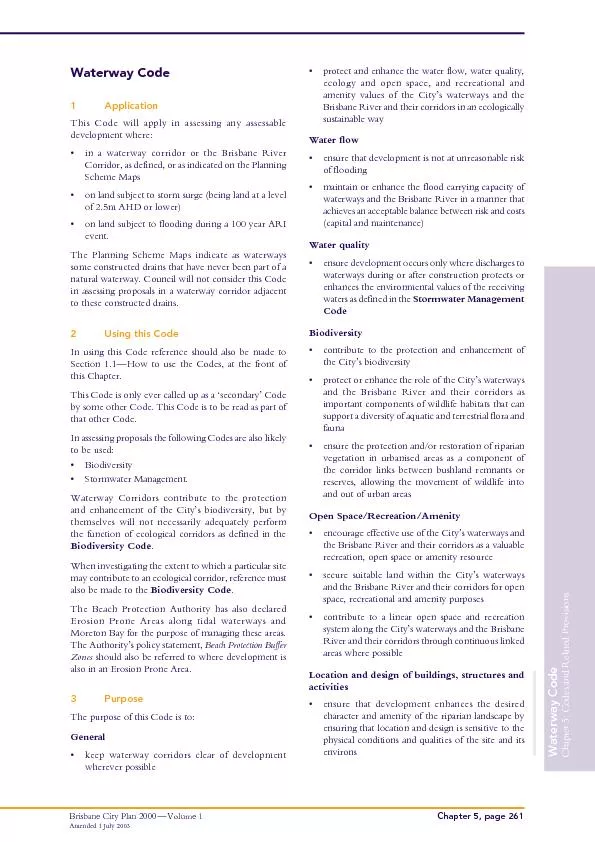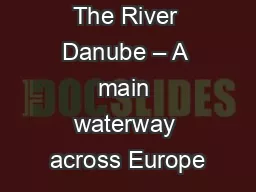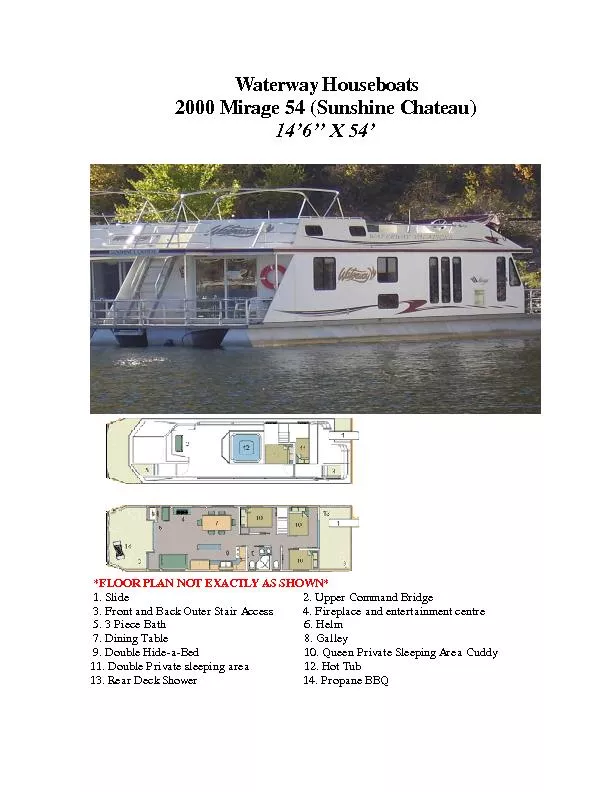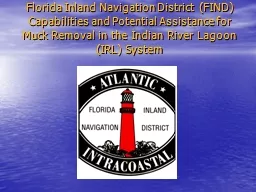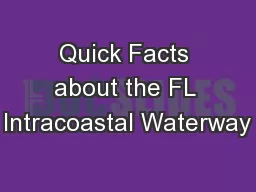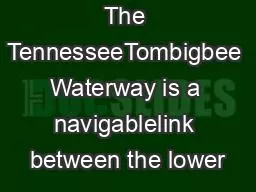PDF-Grassed Waterway
Author : ellena-manuel | Published Date : 2015-07-31
Helping People Help the Land wwwianrcsusdagov What is a grassed waterway Grassed waterways are constructed graded channels that are seeded to grass or other suitable
Presentation Embed Code
Download Presentation
Download Presentation The PPT/PDF document "Grassed Waterway" is the property of its rightful owner. Permission is granted to download and print the materials on this website for personal, non-commercial use only, and to display it on your personal computer provided you do not modify the materials and that you retain all copyright notices contained in the materials. By downloading content from our website, you accept the terms of this agreement.
Grassed Waterway: Transcript
Download Rules Of Document
"Grassed Waterway"The content belongs to its owner. You may download and print it for personal use, without modification, and keep all copyright notices. By downloading, you agree to these terms.
Related Documents

